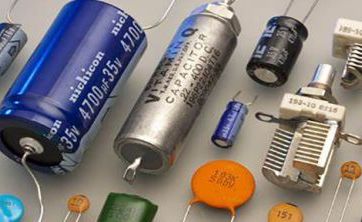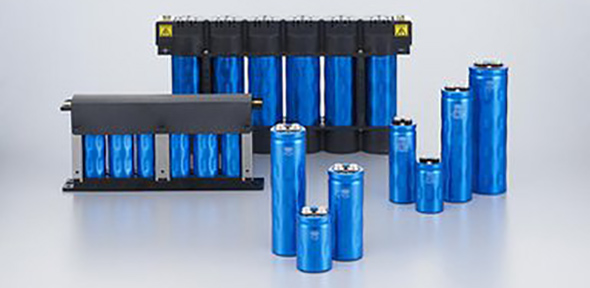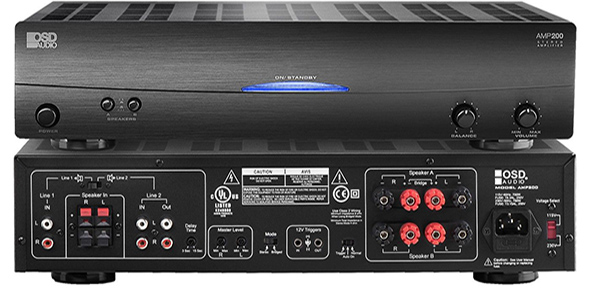Welcome to BEAM! Tel: +86-553-5896615
Language: Help
what is a semiconductor
Tags:semiconductor2023-03-03263
Semiconductors are material products typically composed of silicon that have higher electrical conductivity than insulators like glass, but lower conductivity than pure conductors like copper or aluminum. Its conductivity and other properties can be altered by introducing impurities (called doping) to meet the specific needs of the electronic components in which they reside. Also known as semiconductors or chips, semiconductors can be found in thousands of products, such as computers, smartphones, devices, gaming hardware and medical devices.
Key Takeaways
Semiconductors are found in thousands of electronic products and are materials that conduct electricity more than an insulator but less than a pure conductor.
There are four basic types of semiconductors.
The semiconductor industry lives and dies by a simple creed: a belief in smaller, faster, cheaper.
Investors should remember that the semiconductor industry is a highly cyclical industry subject to cyclical rises and falls.
Understanding semiconductors
Semiconductor devices can display a range of useful properties, such as displaying variable resistance, passing current in one direction more easily than another, and reacting to light and heat. Their practical functions include signal amplification, switching and energy conversion. As a result, they are widely used in almost all industries, and the companies that manufacture and test them are considered excellent indicators of the overall economic situation.
Types of Semiconductors
Broadly speaking, semiconductors are divided into four main product categories.
Memory: Memory chips act as temporary repositories of data and carry information to and from the brains of computer devices. The consolidation in the memory market continues, pushing memory prices to such low levels that only a few giants such as Toshiba, Samsung and NEC can afford them.
Microprocessors: These are the central processing units that contain the basic logic to perform tasks. Intel's dominance in the microprocessor space has forced almost all other competitors (except Supermicro) out of the mainstream market and into smaller market segments or completely different areas.
Commodity integrated circuits: Sometimes referred to as "standard chips," they are produced in large quantities for routine processing. This market segment is dominated by large Asian chipmakers, with margins so small that only the largest semiconductor companies can compete.
Complex SOCs: "System-on-a-chip" is essentially the creation of an integrated circuit chip with the functionality of an entire system. The market revolves around the growing demand for consumer products with new features and lower prices. With the doors closing on the memory, microprocessor and commodity IC markets, the SOC segment is undoubtedly the only one with enough opportunity to attract many companies.
Semiconductor Industry
The success of the semiconductor industry depends on making smaller, faster and cheaper products. The benefit of being small is that more power can be placed on the same chip. The more transistors on a chip, the faster it will work. This has caused fierce competition in the industry, and the new technology has reduced the cost of producing each chip, so that within a few months, the price of a new chip may drop by 50 percent.
This has given rise to an observation known as Moore's Law, which states that the number of transistors in a dense integrated circuit doubles approximately every two years. The observation is named after Fairchild Semiconductor and Intel co-founder Gordon Moore, who authored a paper describing the phenomenon in 1965. Today, the doubling period is usually cited as 18 months, a figure cited by Intel executive David House.
As a result, constant pressure is being put on chipmakers to be better or even cheaper than the latest technology defined a few months ago. As a result, semiconductor companies need to maintain a large research and development budget. IC Insights, a semiconductor market research association, reported that the 10 largest semiconductor companies spent an average of 13.0 percent of sales on research and development in 2017, with individual companies ranging from 5.2 percent to 24.0 percent.
Traditionally, semiconductor companies have controlled the entire production process from design to manufacturing. However, many chipmakers are now delegating an increasing amount of production to other companies in the industry. Foundry companies that specialize in manufacturing have recently emerged as attractive outsourcing options. In addition to foundries, the ranks of increasingly specialized designers and chip testers are beginning to swell. Chip companies are becoming leaner and more efficient. Chip production now resembles the kitchen of a gourmet restaurant, where chefs line up to add just the right amount of spice to the dressing.
In the 1980s, chip makers had a survival rate (the number of operating devices for all manufacturing) of 10 to 30 percent. But to be competitive today, chipmakers must maintain an 80-90 percent yield rate. This requires very expensive manufacturing processes. As a result, many semiconductor companies do the design and marketing, but choose to outsource some or all of the manufacturing. These companies, known as fabless chipmakers, have tremendous growth potential because they are not burdened by the overhead costs associated with manufacturing or "fabrication.
The classic dilemma facing semiconductor companies is whether the technology drives the market or the market drives the technology. Investors should recognize that both are valid for the semiconductor industry.
Key Takeaways
Semiconductors are found in thousands of electronic products and are materials that conduct electricity more than an insulator but less than a pure conductor.
There are four basic types of semiconductors.
The semiconductor industry lives and dies by a simple creed: a belief in smaller, faster, cheaper.
Investors should remember that the semiconductor industry is a highly cyclical industry subject to cyclical rises and falls.
Understanding semiconductors
Semiconductor devices can display a range of useful properties, such as displaying variable resistance, passing current in one direction more easily than another, and reacting to light and heat. Their practical functions include signal amplification, switching and energy conversion. As a result, they are widely used in almost all industries, and the companies that manufacture and test them are considered excellent indicators of the overall economic situation.
Types of Semiconductors
Broadly speaking, semiconductors are divided into four main product categories.
Memory: Memory chips act as temporary repositories of data and carry information to and from the brains of computer devices. The consolidation in the memory market continues, pushing memory prices to such low levels that only a few giants such as Toshiba, Samsung and NEC can afford them.
Microprocessors: These are the central processing units that contain the basic logic to perform tasks. Intel's dominance in the microprocessor space has forced almost all other competitors (except Supermicro) out of the mainstream market and into smaller market segments or completely different areas.
Commodity integrated circuits: Sometimes referred to as "standard chips," they are produced in large quantities for routine processing. This market segment is dominated by large Asian chipmakers, with margins so small that only the largest semiconductor companies can compete.
Complex SOCs: "System-on-a-chip" is essentially the creation of an integrated circuit chip with the functionality of an entire system. The market revolves around the growing demand for consumer products with new features and lower prices. With the doors closing on the memory, microprocessor and commodity IC markets, the SOC segment is undoubtedly the only one with enough opportunity to attract many companies.
Semiconductor Industry
The success of the semiconductor industry depends on making smaller, faster and cheaper products. The benefit of being small is that more power can be placed on the same chip. The more transistors on a chip, the faster it will work. This has caused fierce competition in the industry, and the new technology has reduced the cost of producing each chip, so that within a few months, the price of a new chip may drop by 50 percent.
This has given rise to an observation known as Moore's Law, which states that the number of transistors in a dense integrated circuit doubles approximately every two years. The observation is named after Fairchild Semiconductor and Intel co-founder Gordon Moore, who authored a paper describing the phenomenon in 1965. Today, the doubling period is usually cited as 18 months, a figure cited by Intel executive David House.
As a result, constant pressure is being put on chipmakers to be better or even cheaper than the latest technology defined a few months ago. As a result, semiconductor companies need to maintain a large research and development budget. IC Insights, a semiconductor market research association, reported that the 10 largest semiconductor companies spent an average of 13.0 percent of sales on research and development in 2017, with individual companies ranging from 5.2 percent to 24.0 percent.
Traditionally, semiconductor companies have controlled the entire production process from design to manufacturing. However, many chipmakers are now delegating an increasing amount of production to other companies in the industry. Foundry companies that specialize in manufacturing have recently emerged as attractive outsourcing options. In addition to foundries, the ranks of increasingly specialized designers and chip testers are beginning to swell. Chip companies are becoming leaner and more efficient. Chip production now resembles the kitchen of a gourmet restaurant, where chefs line up to add just the right amount of spice to the dressing.
In the 1980s, chip makers had a survival rate (the number of operating devices for all manufacturing) of 10 to 30 percent. But to be competitive today, chipmakers must maintain an 80-90 percent yield rate. This requires very expensive manufacturing processes. As a result, many semiconductor companies do the design and marketing, but choose to outsource some or all of the manufacturing. These companies, known as fabless chipmakers, have tremendous growth potential because they are not burdened by the overhead costs associated with manufacturing or "fabrication.
The classic dilemma facing semiconductor companies is whether the technology drives the market or the market drives the technology. Investors should recognize that both are valid for the semiconductor industry.
Popular Blog
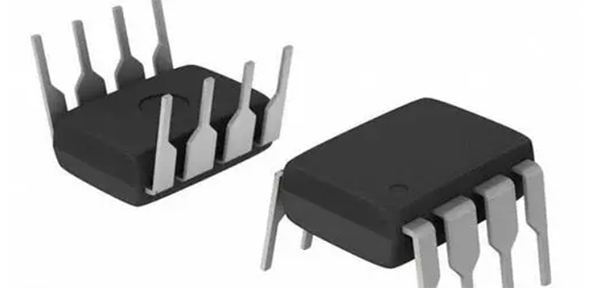
2023-03-22
383
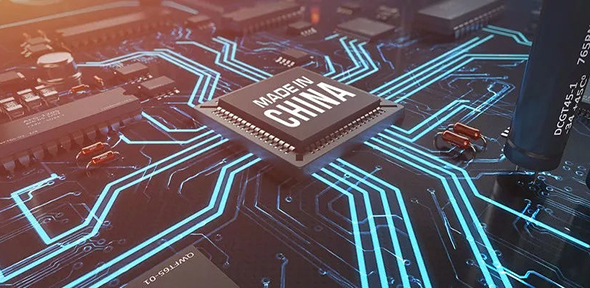
2023-03-10
399

2023-03-03
416

2023-03-03
350

2023-03-03
284


